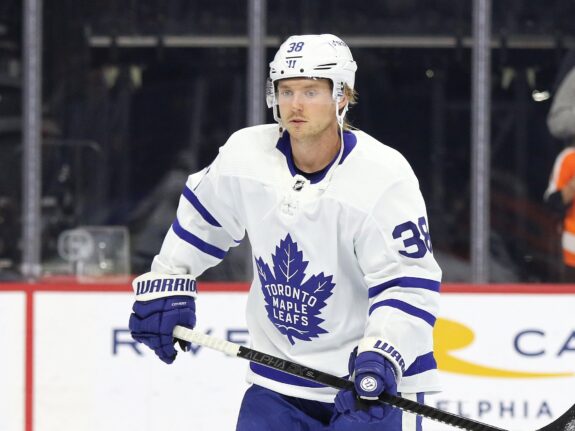Much has been made over the years about the Pittsburgh Penguins’ new president of hockey operations, Kyle Dubas, and his tendency to trade back in the draft. In his introductory press conference, he mentioned taking a “two-pronged” approach to the job:
“I see this task ahead of us as a two-pronged effort.
“In the short run, it’s to continue to make decisions that are going to allow the team to be competitive while the core group of players that have led the team to championships in the past continue to perform at the levels that they have for as long as they can.”
“At the same time, we’ll also begin at delivering a long-term hockey organization that can be the class of the NHL. And to reduce any gap in time that there otherwise could be from the end of those great players’ careers to the next era of great hockey for the Pittsburgh Penguins.”
Kyle Dubas, (Cam Lewis, OilersNation.com),
This leads us to the 2023 NHL Draft. The Penguins hold six draft picks with no selections in the second or fourth rounds. If Dubas plans to trade back from the 14th overall spot, he could add a pick in either round. But does it make sense?
Related: Penguins: 3 Top General Manager Candidates
Latest News and Highlights: Connor Bedard: Bio, Stats, News & More – The Hockey Writers
Does Trading Back Make Sense for the Penguins?
In hockey, draft pick value charts rose to prominence in the past decade, or so, with Michael Schuckers writing a paper on it for St. Lawrence University in 2011. Below is a tweet from Chace McCallum (@CMHockey66) about his own draft pick value chart vs Schuckers’.
Although charts from different sources will use different data points and may come to various conclusions, the general rule stays roughly the same. There is a big drop in value with each pick between the first and tenth. Then, after the 15th or 20th selection depending on the model the difference from one pick to the next becomes negligible.
As such, according to draft value charts, if you trade for selections lower in the draft, you can make up the value by acquiring an additional pick. A famous “Kyle Dubas” example of this is:
In 2018, the Maple Leafs traded the 25th overall pick to the St. Louis Blues for the 29th overall pick and the 76th overall pick. The Maple Leafs selected Rasmus Sandin with the 29th pick, and the Blues selected Dominik Bokk 25th. At 76th overall, Toronto selected Semyon Der-Arguchintsev. As of now, they won the trade. Sandin is the much better player and Toronto also used him to acquire a 2023 first-round pick and Erik Gustafsson from the Washington Capitals at this year’s trade deadline.

The Dubas-led Maple Leafs were able to acquire the better player by trading back and were also able to acquire an additional prospect to further stock their cupboards. They then traded Sandin for another first-round selection in a similar spot and added a roster player to shore up their blue line. This shows the possible benefits of trading back, as well as great asset management.
Blackhawks a Potential Trade Partner
Looking ahead to the 2023 NHL Draft, there are some opportunities for the Penguins brass to trade back, if they see fit. One candidate is the Chicago Blackhawks. In addition to the first overall pick, the Blackhawks currently hold the 19th overall pick as well as four picks in the second round and two in the third. This could give the Pens a shot at recouping some draft capital to help re-stock the cupboards for after Crosby, Malkin, and Letang are done.
This could be especially helpful if the Penguins see “their guy” possibly available at the 19th slot, or if they feel they could get a player of similar value at that spot. However, it is contingent on the Blackhawks wanting to scoop up a player at 14th. It would also be rational for the Penguins to see a player available at the 14th spot that they don’t want to risk losing out on.
Regardless of whether the Penguins do or don’t trade down, the key will be for Dubas and co. to acquire additional picks in preparation for the end of the Crosby era. They could also use young cheap players on entry-level contracts for their current run over the next few seasons, and the best way to acquire those types of players is via the draft.